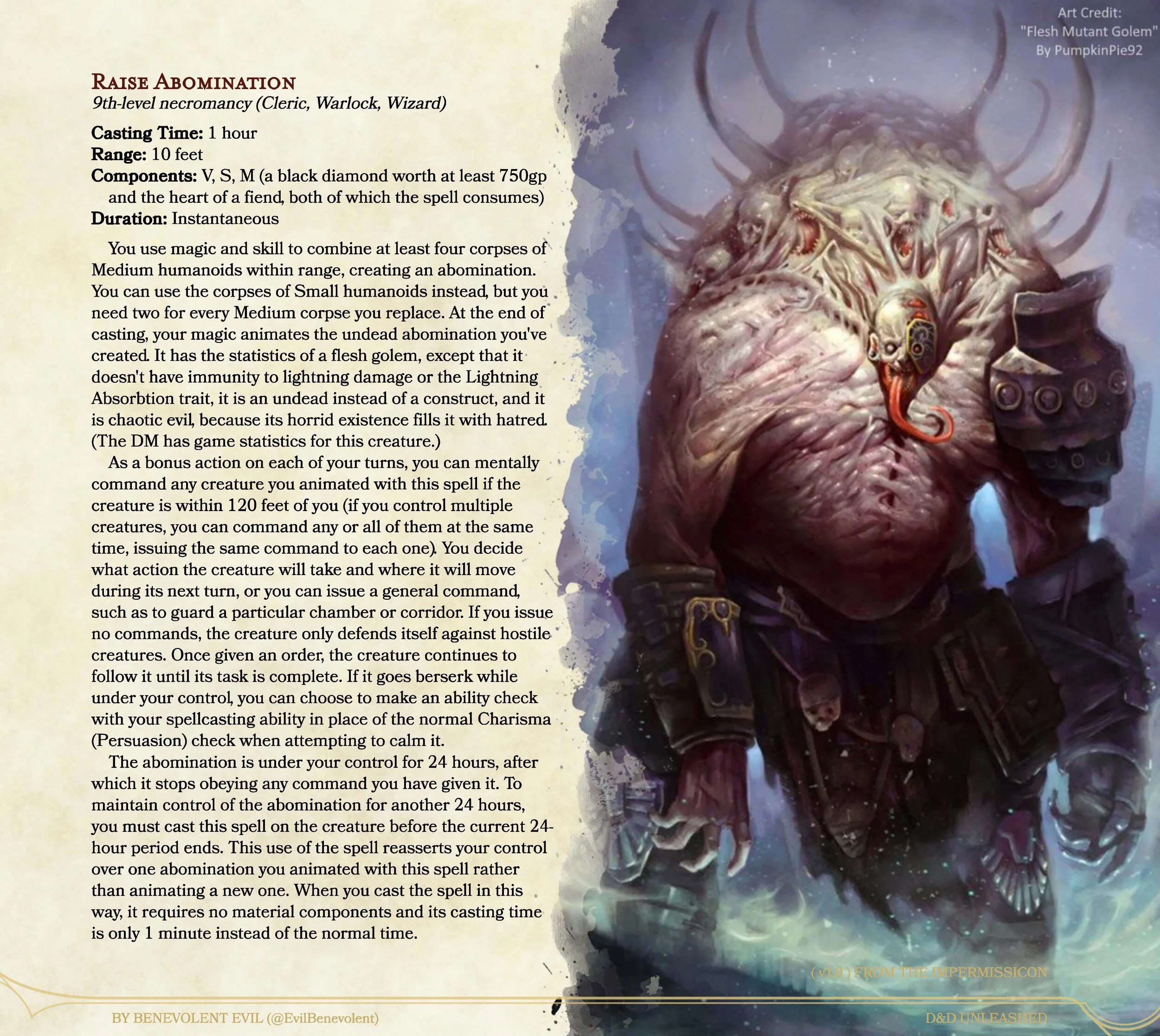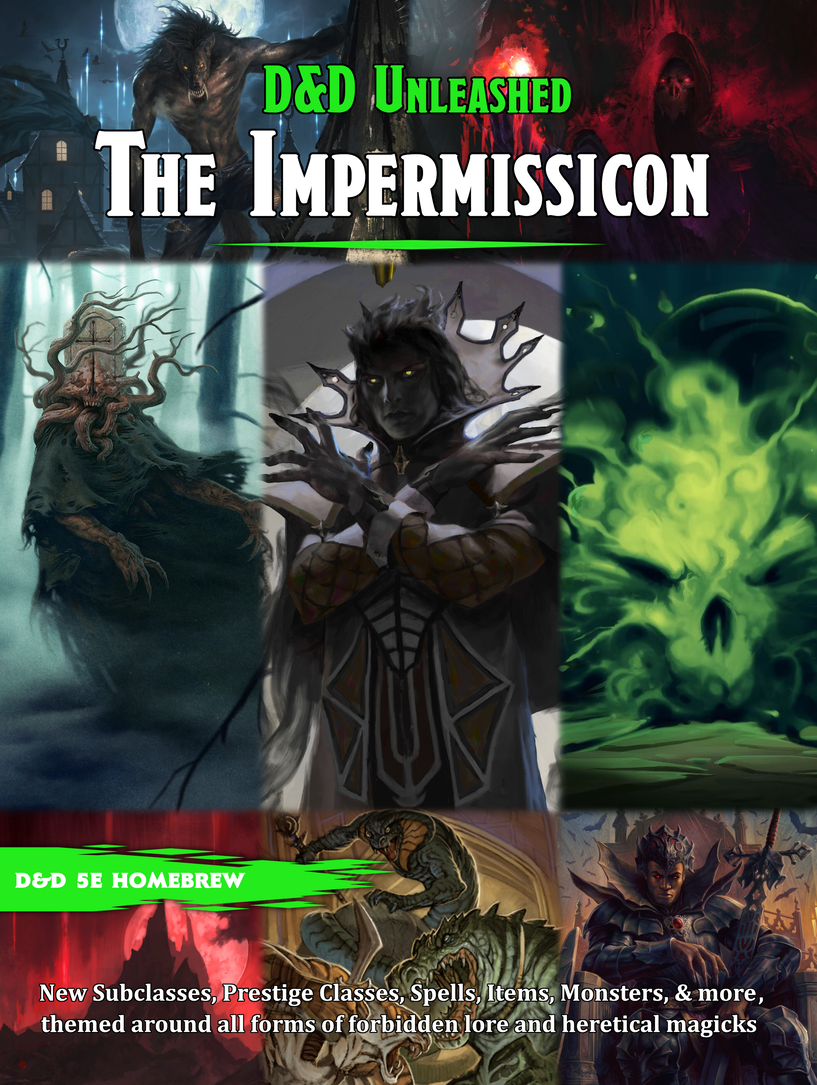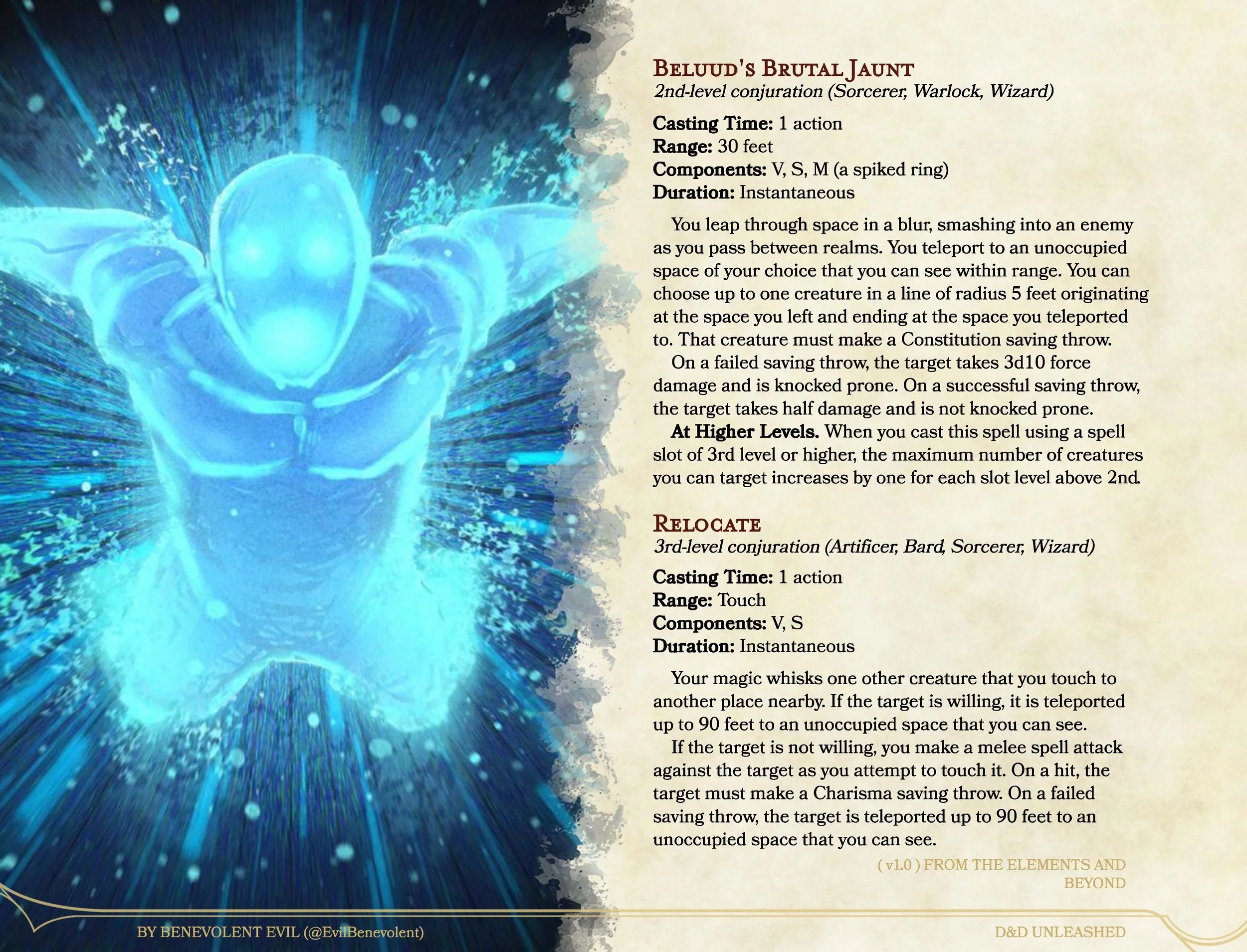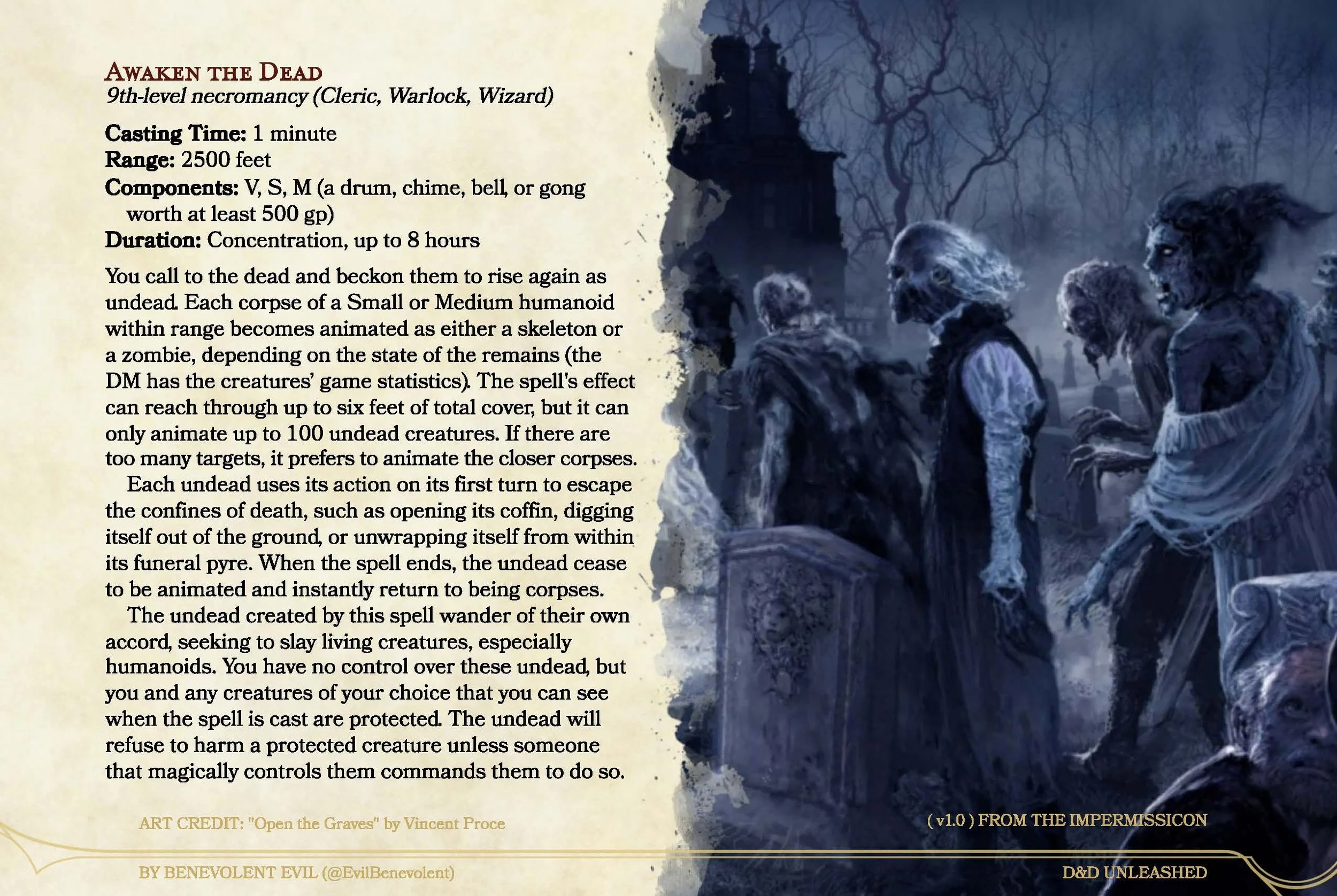New Spell: Raise Abomination
The most updated version of this content can be found within The Impermissicon, a free 254-page compendium that you can download right here, filled with 24 subclasses, 3 prestige classes, 2 feats, 107 spells, 118 spell variants, 91 monsters, 61 magic items, 24 poisons, 23 diseases, and even more goodies themed around lycanthropes, vampires, and forbidden magic for both players and DMs!
“Hateful day when I received life!' I exclaimed in agony. 'Accursed creator! Why did you form a monster so hideous that even you turned from me in disgust? God, in pity, made man beautiful and alluring, after his own image; but my form is a filthy type of yours, more horrid even from the very resemblance. Satan had his companions, fellow-devils, to admire and encourage him; but I am solitary and abhorred.'“ - Frankenstein’s Monster
Art Credit: https://www.deviantart.com/pumpkinpie92/art/flesh-mutant-golem-366231219
In the same vein as the existing necromancies to make undead followers (animate dead at 3rd-level and create undead at 6th-level), this new 9th-level spell makes a fantastic option not only to tell a story (how did the BBEG make his undead bodyguard?) or fill out a villain’s spell list, but also to provide a capstone spell for Death clerics, Necromancy wizards, and warlocks looking for a different option for their 9th-level Mystic Arcanum.
Flesh golems from the monster manual are constructs, not undead, and like Frankenstein’s Monster they are animated by lightning. Normal flesh golems can already be constructed by player characters using a Manual of Golems, but this process takes months, requires the DM to give the player a particular magic item before it can begin, and ultimately produces a construct, not an undead. But Frankenstein’s Monster is arguably an undead, and the concept of a necromancer creating an undead from stitched-together corpses has only grown in the public fantasy consciousness over the past few decades, and so we wanted to give necromancers in D&D a way to use the flesh golem to fulfill that fantasy in a balanced way.
Though the flesh golem has many relevant traits that make keeping one a potent and worthy use of a 9th-level slot (such as its immunity to nonmagical, nonadamantine weapons, or its magic resistance), it also has some negative traits that leave opponents with other methods of dealing with it, such as its aversion to fire. The most interesting gameplay trait is probably the flesh golem’s Berserk ability, which has a chance to activate on any turn that it starts with less than half its hit points. Since a necromancer that has spent their only 9th-level slot on having an abomination will probably prefer to keep it near them, the threat of that abomination going berserk and striking the caster themselves is a fascinating gameplay dynamic to explore, and feels intensely flavorful for an undead monster.
The spell is available to the same classes as create undead and uses many of the same rules as that spell, with the addition of special rules for the spellcaster to calm the abomination when it is berserk. While some warlocks and clerics that cast the spell might find the default Charisma (Persuasion) check to calm the berserk abomination relatively easy, most wizards will have a difficult time. Since the creature is already commanded by the spellcaster’s magic, it only made sense to include a way for a potent spellcaster to use that same magic — rather than just their words — to regain control of a berserk minion. Of course, if you don’t cast the spell again within 24-hours, your abomination won’t need to go berserk to cause trouble. The spell ensures that the abomination is chaotic evil, and with only a 6 Intelligence, its unlikely to plan carefully or bide its time before it starts smashing walls and killing people. It’s like The Incredible Hulk: the secret is, its always angry.
Links: PDF | D&D Beyond: Raise Abomination









